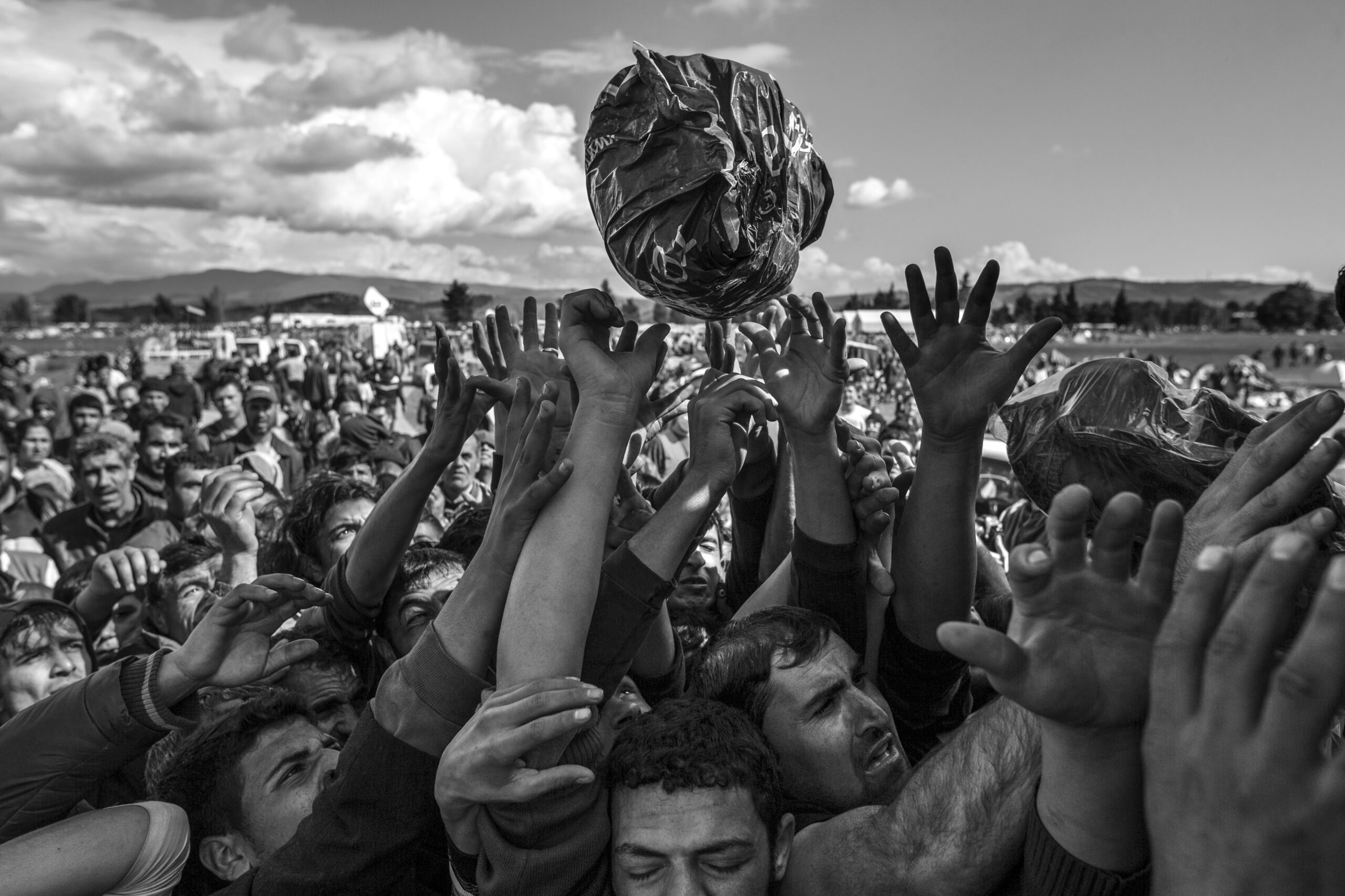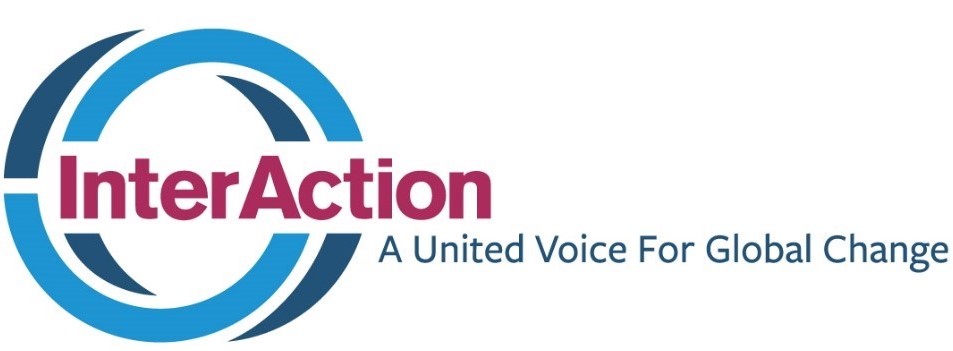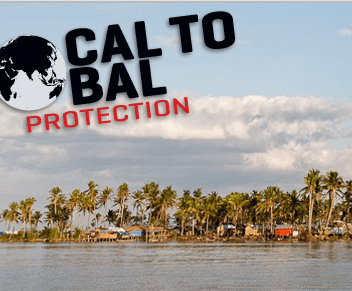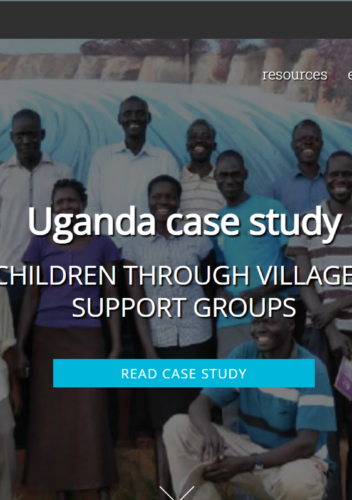Featured Resource
 Protection for People: What Do We Mean? Guidance for Senior Leadership
Protection for People: What Do We Mean? Guidance for Senior Leadership

InterAction has published and collected resources including tools, reports, project evaluations, blogposts, and others from Members and partners that promote results-based approaches to protection since 2012; all of which can be found in this resource library. To explore practical case examples of RBP in practice, visit the case example page. Background photo By: Simon Moricz Sabjan is licensed under the CC BY-NC 4.0 license.
This is a scoping mission to meet NGOs working in Honduras and the Northern Triangle, to understand protection priorities, and to introduce InterAction’s Results-based Protection work.

This trip aims to understand from NGOs on the ground what their most urgent priorities are and to strengthen collective strategies to address them.

In this short video, leadership expert Simon Sinek talks about how an organizational culture supportive of outcomes and built on strong relationships is achieved through consistency, not intensity.

This video focuses on the processes that make change happen in the humanitarian system, summarizing the ideas explored in ALNAP’s new study ‘Transforming Change’. In exploring how change can be catalyzed, this video captures several relevant aspects of results-based protection.

On Wednesday, 25 February 2015, PHAP hosted an online introductory briefing on the topic of its Third Exchange Hub: Measuring success in protection programming. Participants learned more about the current status of two key initiatives in this area: InterAction’s Results-Based Protection Program and ALNAP’s program on Evaluating protection in humanitarian action.

The Syria Needs Analysis Project (SNAP) started in December 2012, as a collaborative project between ACAPS and MapAction, aimed at bring together available information on humanitarian needs in the Syria crisis.

Local to Global Protection works to change the humanitarian system, pushing for meaningful localisation through documenting and promoting local perspectives and responses to protection in major humanitarian crises.

The Exchange is a communications and learning initiative which collects, shares and promotes evidence and learning for stronger community engagement and ownership of child protection.

"*" indicates required fields